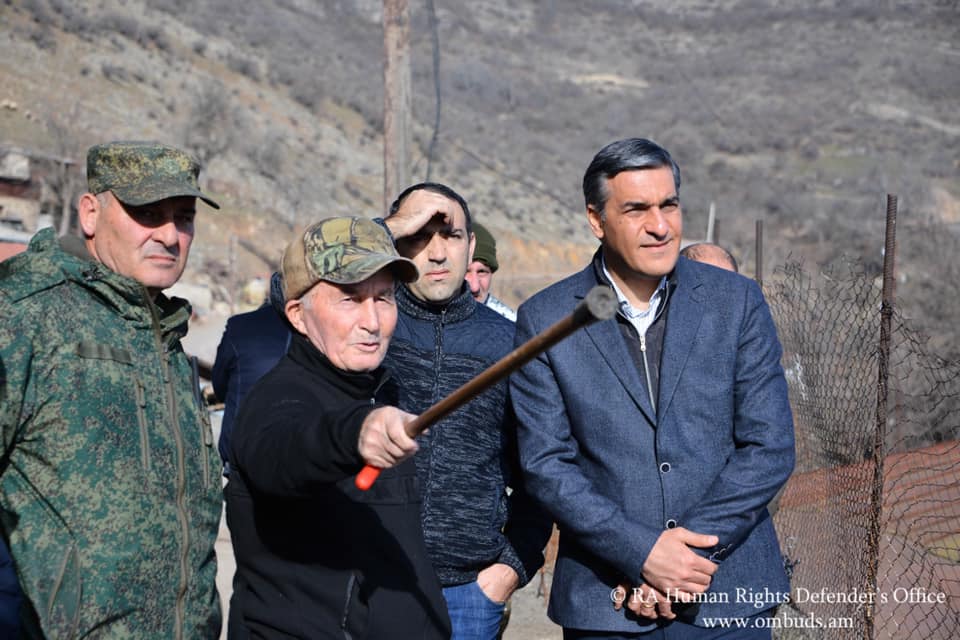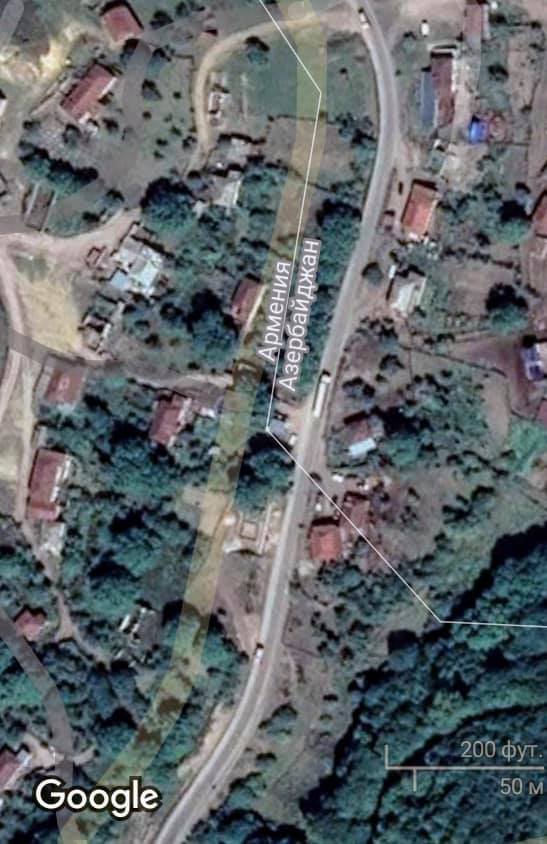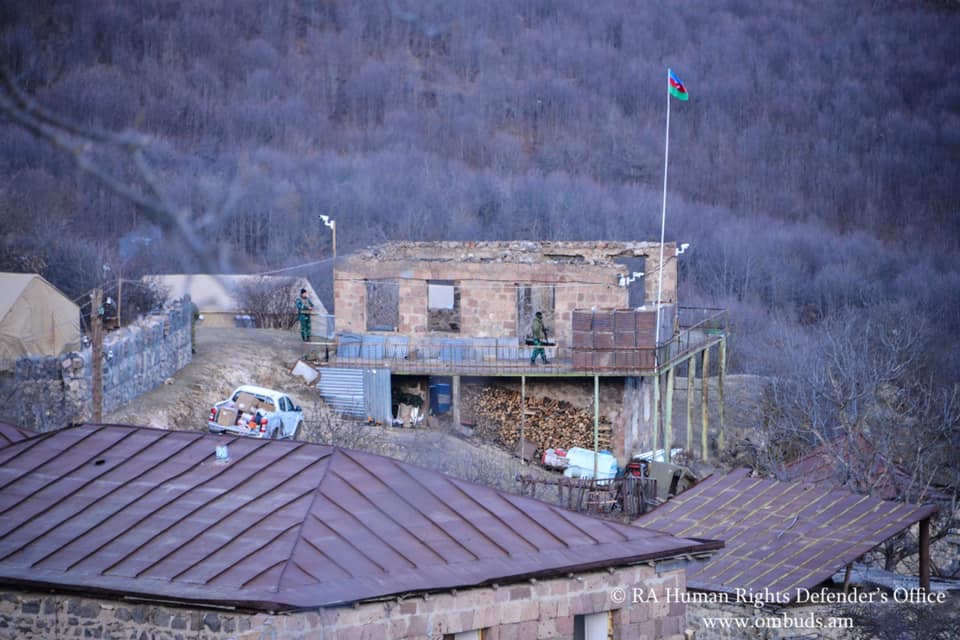What Armenia lost to Azerbaijan after the war
Armenian human rights activist Arman Tatoyan claims Armenia has lost more than 2,000 hectares of territories and dozens of homes.
He spoke about the losses of Armenia as a result of concessions to Azerbaijan after the second Karabakh war at a press conference following his three-day working visit to the Syunik region of Armenia.
Tatoyan claims that in the process of delimitation and demarcation of the border between Armenia and Azerbaijan, the property rights of Armenian citizens have been violated. And therefore, the Azerbaijani authorities, in his opinion, must compensate for the damage to the residents of the bordering Syunik region of Armenia.
The security issue of this region became acute after the second Karabakh war. According to a tripartite agreement signed after 44 days of the war in Karabakh, the Zangilan region was transferred to Azerbaijan. It borders on the Syunik region of Armenia, and now demarcation is taking place in the area along the administrative borders of the Soviet era.
- Armenian opposition: country needs one more Russian military base
- The road to Nakhichevan: is Armenia surrendering its territories to Azerbaijan or emerging from blockade?
Where and how much land have Syunik residents lost?
“In the Teh community, which includes the villages of Khoznavar, Khnatsakh, there are more than 2000 hectares of territory that we have lost. In Shurnukha, 11 houses were passed to the adversary, in Vorotan more than 236 hectares of private and communal property were lost. 18-20 horticultural houses in Vorotan were built on the land allocated by the executive committee, but people also lost this,” said the Ombudsman.
In addition, 60 hectares of land were lost by Armenia in the village of Agarak, 160 in Yeghvard and 55 hectares of various agricultural lands in Chakaten.
All these villages are located in the Syunik region of Armenia. The Azerbaijani authorities, according to Arman Tatoyan, must compensate the damage to people who have lost their property. Now he, together with the representative of Armenia at the European Court of Human Rights, are deciding how to give this requirement a legal form.

What other problems arose
Arman Tatoyan also said that as a result of the mechanical approach to demarcation in Syunik, the airport in the city of Kapan and the road to Yerevan are under threat.
The Ombudsman expressed concern over the fact that 21 km out of 68 on the section of the road between the cities of Goris and Kapan is actually under Azerbaijani control:
“Azerbaijani soldiers are installing road signs here, resorting to open provocations. They regularly appear on these roads with weapons. The point is that these roads connect our civilian settlements, and if there are civilians from the Armenian side, then there are soldiers from the Azerbaijani side.”
In some cases, the new border runs right through villagers’ houses. In particular, Tatoyan cited as an example the barn of one of the residents of Shurnukh, which is divided into two parts – ‘Azerbaijani’ and ‘Armenian’.

According to the Ombudsman, “the lives, physical and psychological integrity” of the residents of the villages of Khoznavar, Khnatsakh, Nrnadzor and Agarak were under direct threat.
Tatoyan says that there are still a number of unresolved issues – for example, how issues that may arise on sections of the road under de facto Azerbaijani control will be resolved:
“If cars with Azerbaijani and Armenian license plates collide, it is not at all clear how to investigate crimes or incidents with cars. What, the Azerbaijani investigative bodies should carry out investigative actions? Or will they take the Armenians to their police stations?”



















